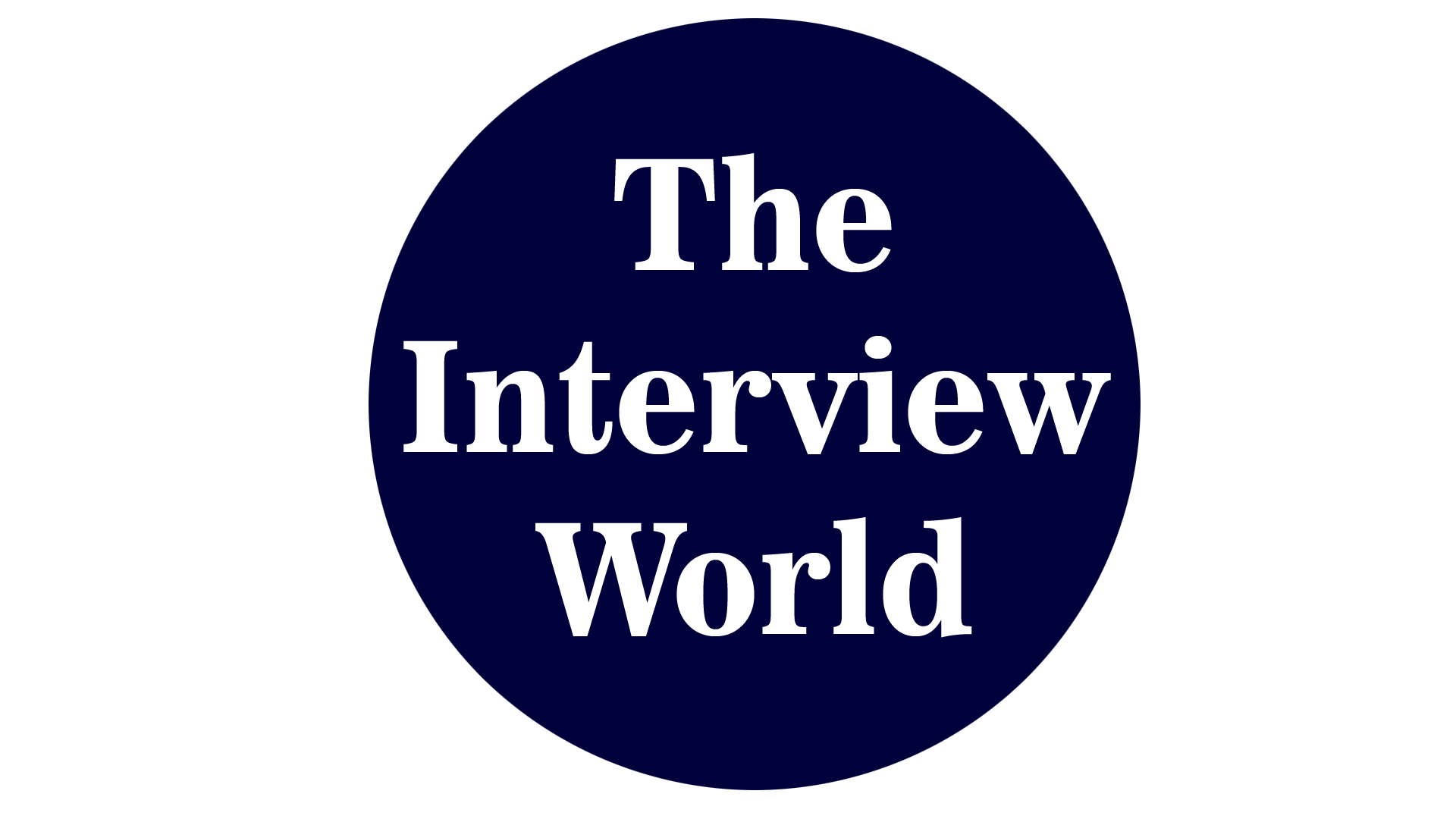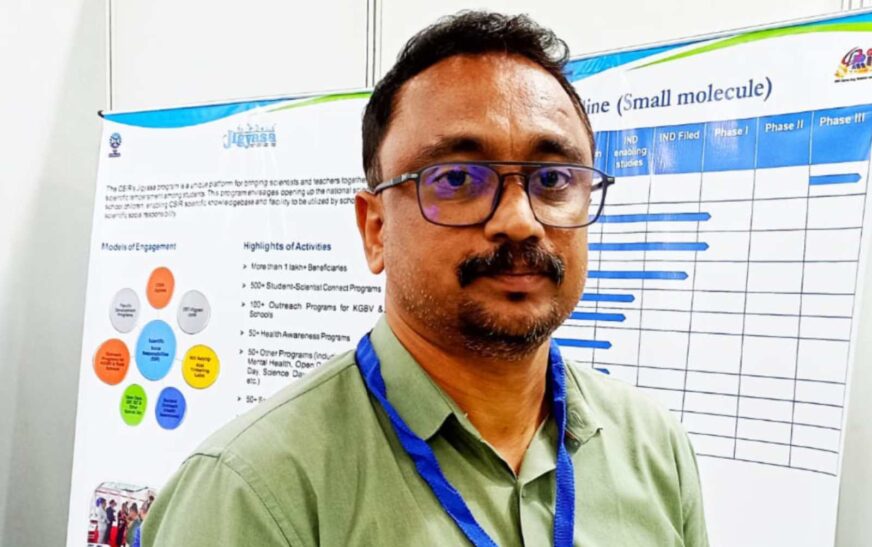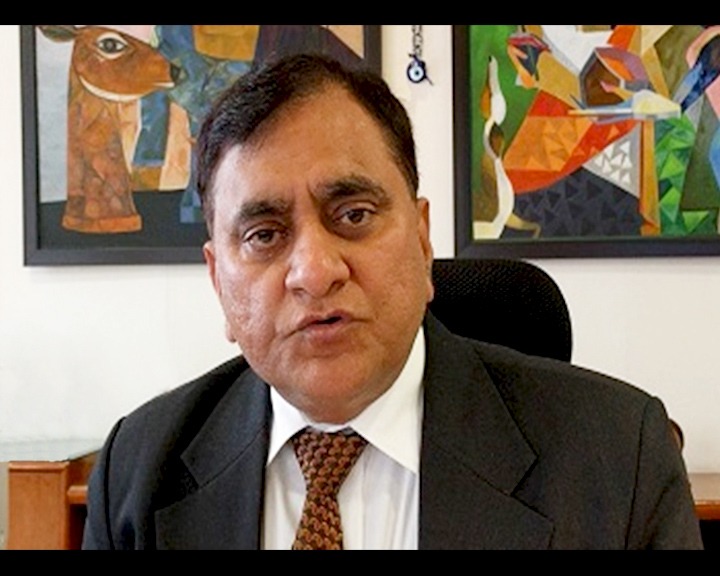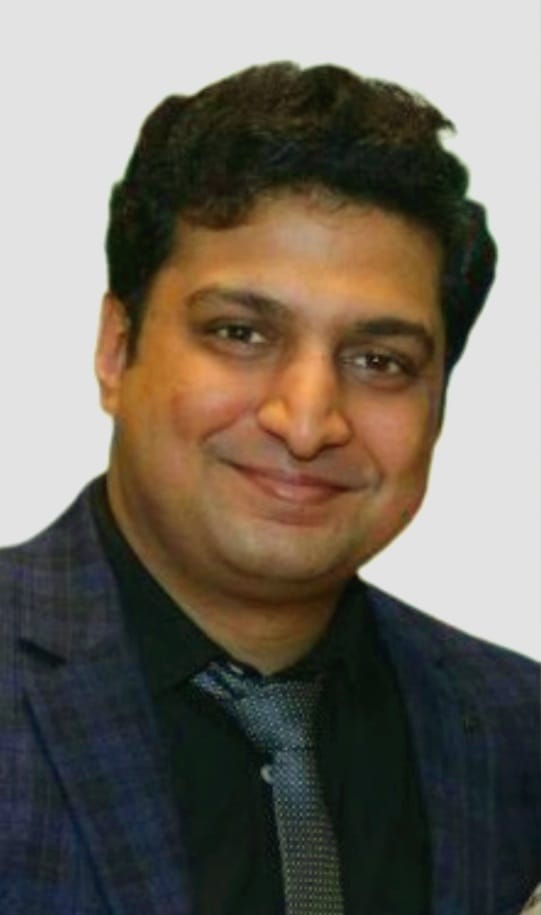The CSIR-Central Drug Research Institute (CSIR-CDRI) is a flagship institution in India’s drug discovery and development ecosystem. Established in 1951 under the Council of Scientific and Industrial Research (CSIR), CSIR-CDRI transforms scientific discoveries into innovative therapeutic solutions. Strategically located in Lucknow, the institute addresses critical national and global health challenges through cutting-edge research.
CSIR-CDRI is famous for its deep expertise in pharmaceutical sciences, spanning key domains like medicinal chemistry, pharmacology, and toxicology. Its extensive research portfolio covers a broad spectrum of therapeutic areas, including infectious diseases, cancer, diabetes, and cardiovascular disorders. By focusing on developing affordable and effective drugs, the institute maximizes the impact of its research using state-of-the-art facilities. Its multidisciplinary approach to foster innovation is unique.
The institute has a proven track record of fostering collaborations with academic institutions, industry leaders, and government agencies. These partnerships are instrumental in translating research breakthroughs into real-world applications, bridging the gap between the laboratory and the marketplace. Additionally, CSIR-CDRI plays a crucial role in shaping policy and regulatory frameworks. It ensures that research initiatives align with both public health needs and industry standards. Unwavering commitment to innovation and excellence makes CSIR-CDRI advance global healthcare and improve the quality of life.
In an exclusive conversation with The Interview World, Dr. Anil Kumar K.S., Senior Technical Officer of Medicinal & Process Chemistry at CSIR-CDRI, sheds light on the institute’s unique product development strategies, its new product lines, and how its R&D processes stand apart from those of private pharmaceutical companies. Here are the key insights from this enlightening discussion.
Q: Can you elaborate on the innovative approaches Central Drug Research Institute is implementing in drug development?
A: The Central Drug Research Institute (CDRI) stands at the forefront of drug research and development in India. We have a range of innovative drugs that are currently available in the market. Alongside, we have several promising products in various stages of the development pipeline. These efforts reflect our continuous commitment to addressing unmet medical needs and advancing healthcare.
Among our market-ready products, we proudly feature Centchroman, recognized globally as the world’s first non-steroidal oral contraceptive. Branded as “Saheli,” the government’s primary healthcare schemes include it and distribute free of cost across all government dispensaries and hospitals, underscoring its importance in public health. We also highlight our osteoporosis medication and a specialized fracture-healing drug derived from sesame plant leaves. Clinical studies have shown that this drug can enhance healing by 30-40% when administered regularly, offering a significant improvement over conventional treatment.
In addition to these, our portfolio includes phytopharmaceuticals like Picroliv, a novel solution for non-alcoholic fatty liver disease, reflecting our expertise in leveraging natural compounds for therapeutic purposes. We also offer EMAL, an Alpha-Beta Arteether injection that serves as a second-line treatment for malaria, particularly effective against chloroquine-resistant strains of the malarial parasite. This injection has proven to be more effective in managing malaria cases where resistance to standard treatments has become an issue, thus providing a critical alternative for healthcare professionals.
Our latest breakthrough is the Polymerase Chain Reaction (PCR) DNA and RNA staining kit, an innovative in-house development that replaces the traditional use of ethylene bromide. While ethylene bromide has certain beneficial properties, such as being an antioxidant and anti-cancer agent, it also poses several risks. Our PCR kit eliminates these risks, offering a safer and more effective alternative for DNA and RNA staining, essential in various research and diagnostic applications.
This exhibit is a testament to CDRI’s pioneering role in drug discovery and development. It reflects our unwavering dedication to pushing the boundaries of medical science and delivering cutting-edge healthcare solutions that meet the diverse needs of patients and healthcare systems worldwide.
Q: Are all your products purely nutraceutical, or do you incorporate chemical compounds as well?
A: Our product lineup includes both nutraceuticals and single-drug, single-molecule formulations. Specifically, some of the products discussed now are nutraceuticals. Moreover, our product mix is diverse and can meet various end-use requirements.
Q: Could you share any new projects or innovative initiatives you are currently working on?
A: Our pipeline features several pivotal drugs. Leading this effort is S-007-867, an advanced anti-thrombotic drug, which we have designed to inhibit platelet aggregation. We are also advancing Umifenovir, which, known for its application in COVID-19 treatment, is currently in Phase 3 clinical trials.
For addressing thrombosis and fracture healing, we are conducting a Phase 1 clinical trial at KGMC and KJ Medical College in Mumbai. Additionally, we are developing treatments targeting malaria, leishmaniasis, cancer, colon cancer, and hyperlipidemia, each at various stages of research and development.
In addition, S-007-1500 is in the pipeline for enhancing fracture healing, while L-Ormeloxifene works as a female contraceptive. Each of these projects represents a crucial step forward in our commitment to advancing medical solutions.
Q: As a central government institution, how does your approach to research and development differ from that of private pharmaceutical companies, particularly in terms of innovation, funding, and regulatory compliance?
A: We have a highly specialized and distinct drug research and development process. Moreover, we concentrate on developing innovative compounds and advancing them through the pre-clinical phase, including conducting Phase 1 clinical trials. Once these compounds have successfully reached this stage, we secure patents and transfer the technology to a private company. This company then takes over the manufacturing process.
Essentially, our role is to build and refine the technology before passing it on to private entities for production. Due to the complexities involved in bulk synthesis and other large-scale processes, such operations fall outside the capabilities of our research institute.









